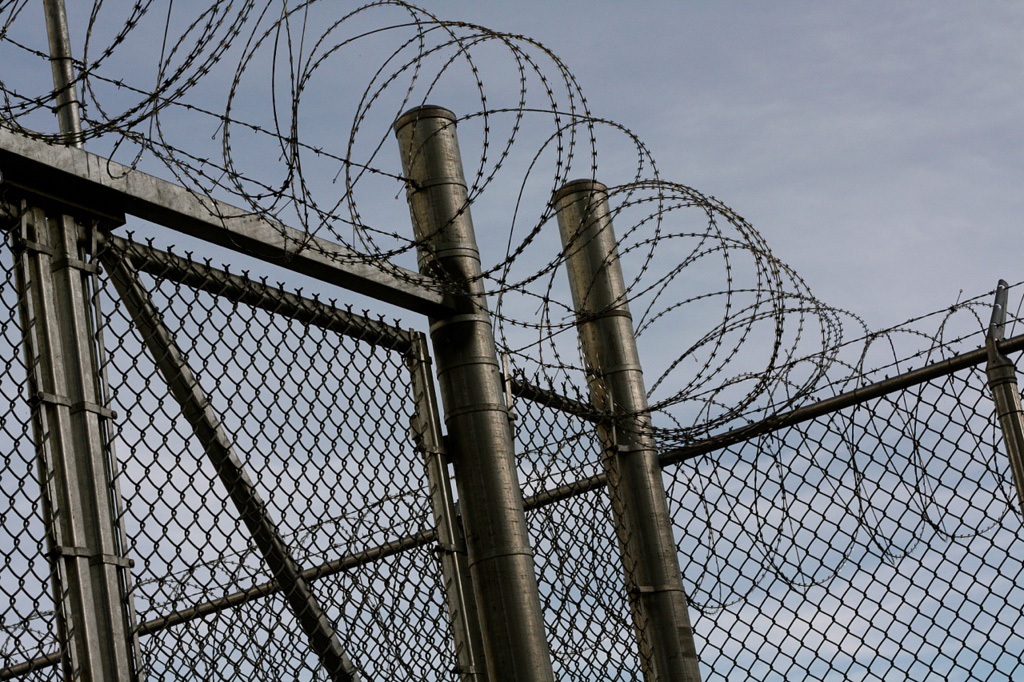The Brazilian prison riots at the beginning of this year saw more than 100 deaths in three different states. While these riots may seem like horrific events occurring in a distant land, they give us an opportunity to discuss the conditions facing men and women incarcerated in Canada.
At the Collaborating Centre for Prison Health and Education, we aim to enhance the well-being of incarcerated and formerly incarcerated individuals in Canada. From our work with former prisoners and our knowledge of prison systems, we assume the recent riots were brought on because incarcerated people in Brazil live in subhuman conditions. Desperate people act desperately and the crowded prison facilities and poor hygiene and nutrition likely pushed people to the edge of desperation.
Prison riots are multifaceted and sometimes can be the only expression left to incarcerated people to ensure their voices are heard in an environment where life is punitive and inhumane. While Canada’s prisons boast a higher standard of living, our penal system is far from perfect.
In fact, Canada has had its share of prison riots. A series of riots in Oakalla prison culminated in 1976, with Canadian Army soldiers and riot control squads surrounding the prison perimeter, ending when a nine-point deal was struck addressing men’s concerns about their treatment by prison guards. In Kingston in 1994, six female prisoners attacked correctional officers after being subjected to cavity searches and segregation. In 1996, a commission concluded the treatment of the women at the facility had been “cruel, inhumane and degrading.”
A formerly incarcerated man, who now works with the Collaborating Centre for Prison Health and Education to mentor men as they transition from federal correctional facilities to the outside community, told us he was involved in a number of riots in various Canadian correctional institutions over the more than 30 years that he was incarcerated, including a riot at Matsqui in 1982 which saw most of the prison destroyed. “Stabbings and pipings or people having their cells burned out by other prisoners were common,” he told us.
In a 2016 review, the Correctional Investigator of Canada found that deep cuts to programs and initiatives in federal correctional facilities over the previous 10 years, such as closing prison farms and reducing library, harm reduction and dental services, corresponded to an increase in incidents of self-harm, suicide attempts, assaults on staff and more.
At CCPHE we are generating evidence that demonstrates effective alternative approaches. When incarcerated men and women are invited to participate in making decisions about their own health and education, their sense of hope increases. This hope translates into increased motivation to develop their own skills and education, and to engage in meaningful and restorative work, leading to increased success with re-integrating into the community following their release from prison.
“Tough on crime” positions, which have fuelled a lucrative prison industry, are still in political vogue around the world. In Canada, however, our new federal government pledged to reform the criminal justice system as part of its 2015 election campaign.
Yet Canada has still not implemented all 122 of the Mandela Rules, which set a standard for the humane treatment of incarcerated individuals. For example, rules on “Restrictions, discipline and sanctions” include recommended restrictions on the use of solitary confinement to which not all Canadian correctional facilities currently adhere.
Canada’s governments must recognize incarcerated individuals as members of society and implement the Mandela Rules at federal and provincial levels.
The lessons to be learned from Brazil are plain: we must treat incarcerated men and women as human beings by investing in programs and services that aid rehabilitation. With these investments in their well-being and right to equal treatment, incarcerated individuals will not be pushed to desperate acts in order to be heard and treated fairly.
The riots in Brazil could be seen as the first thunder on the horizon, echoing throughout penal systems around the world. Canada must heed this warning and take action to prevent our past storms becoming our present. ![]()
Read more: Rights + Justice















Tyee Commenting Guidelines
Comments that violate guidelines risk being deleted, and violations may result in a temporary or permanent user ban. Maintain the spirit of good conversation to stay in the discussion.
*Please note The Tyee is not a forum for spreading misinformation about COVID-19, denying its existence or minimizing its risk to public health.
Do:
Do not: